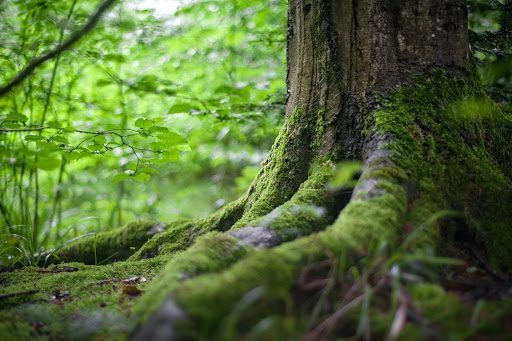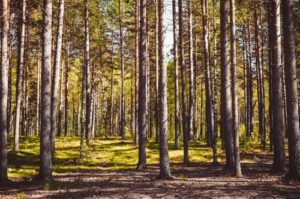As the global climate crisis worsens, state authorities, business owners, and local citizens are learning about the reasons for these problems. Greenhouse gas emissions, overconsumption of meat, and deforestation are among the primary causes of increasing air pollution. If we want to protect our planet from further damage, we must invest in natural forest regeneration. It is the only way to replenish the earth’s scarce resources and rehabilitate the living organisms which can only survive in forests. Here are the forest regeneration methods that can be used to regrow natural greenery and solve the ongoing global climate issues.
The Manual Replanting Method
As apparent by the name, manual replanting involves using artificial ways to achieve reforestation. For smaller projects, it often makes more sense to simply purchase seedlings and plant them. This is a relatively low-difficulty, and low-labor solution, however, it can be excessively expensive for massive timberland projects. For larger operations, reforestation is a long process that is completed using the following steps.
1. Determination of Area and other Dimensions
To start artificial reforestation, you need to measure the area of the plantation. Considering the available resources and time, you execute this project on any small or large scale.
2. Seed Collection
Once the space has been allocated, you have to gather the seeds from the specific species of trees. This process can take a long time as some of these seeds can be difficult to find locally.
3. Growing the Seedlings
After collecting the required amount of seeds, you have to plant them at a nursery. These spaces must produce a thriving environment for the seedlings to sprout and grow steadily. In most cases, it takes one or two years for the seeds to grow enough for replanting.
4. Transportation
When these plants are strong enough to survive transportation, they are taken to the reforestation site. They are refrigerated in transit to maintain their natural state. The planting crew digs small holes on the forest site and places each seedling inside carefully. They have to be sheltered from sunlight in the early days.
5. Inspection
Once a forest has been implanted with sufficient seedlings, the crew inspects its firmness and likability of survival. The condition of these plants is checked every other year to make sure they are growing adequately.
The Pros and Cons of Manual Reforestation
This manual planting method helps control the growth of new plants in the designated space. Each aspect of this process is monitored by the forest management services in New Hampshire to get the desired results. But this process can be very time-consuming as well as expensive. You need to employ labor, buy a nursery space, and then spend years catering to the needs of these artificially grown seedlings. Additionally, many of these young seedlings fail to thrive in their natural habitat after being transferred from a controlled facility. Pests and other harmful creatures can easily damage an artificial plantation compared to a naturally-grown one. The risk of soil erosion is amplified when an area is cultivated with artificial methods. Hence the downsides of the artificial reforestation method largely outweigh its positives. This is why the best forest management companies in Maine prefer natural reforestation for the local area.
The Natural Regeneration Method
This method is especially preferable for the natural climate of Maine. It does not require much effort from the forest management planning companies of Maine. It saves the state’s resources and provides stronger and sturdier trees in the end. Here are some of the options for natural forest regeneration effective in Maine.
1. Regeneration from the Seeds
There are multiple methods to regenerate a plant using the seeds, including the clear-felling, shelterwood, and selection system. The seeds are planted adjacent to the parent tree, and they reach the clear-felled area through natural growth. Dormant seeds can also be used for this method, which saves a lot of time and resources for the plantation crew. Seeds produced by mature trees can directly be used for new plantations before clear felling. In some cases, advanced growth of natural plantations is observed mid-cycle. This shortens the overall replantation procedure and simplifies the job of the forest modeling companies of Maine.
2. Gap Planting
This is one of the most common ways to regrow a limited forest. Any patches of ground that are missing trees are implanted with small trees in their developmental stages. If this area is barren, the signs of soil erosion have to be eliminated beforehand. This method is mainly effective for spaces with a limited amount of deforestation.
Tall Pines Forest Management is a trusted timber harvesting service in Maine that can help you resolve all your concerns regarding reforestation. So if you have more questions regarding woodland regeneration, take the help of our reliable forest management and planning services and cater to your unique land the right way. Learn more about the natural ways of timber regeneration by getting in touch with us.



0 Comments